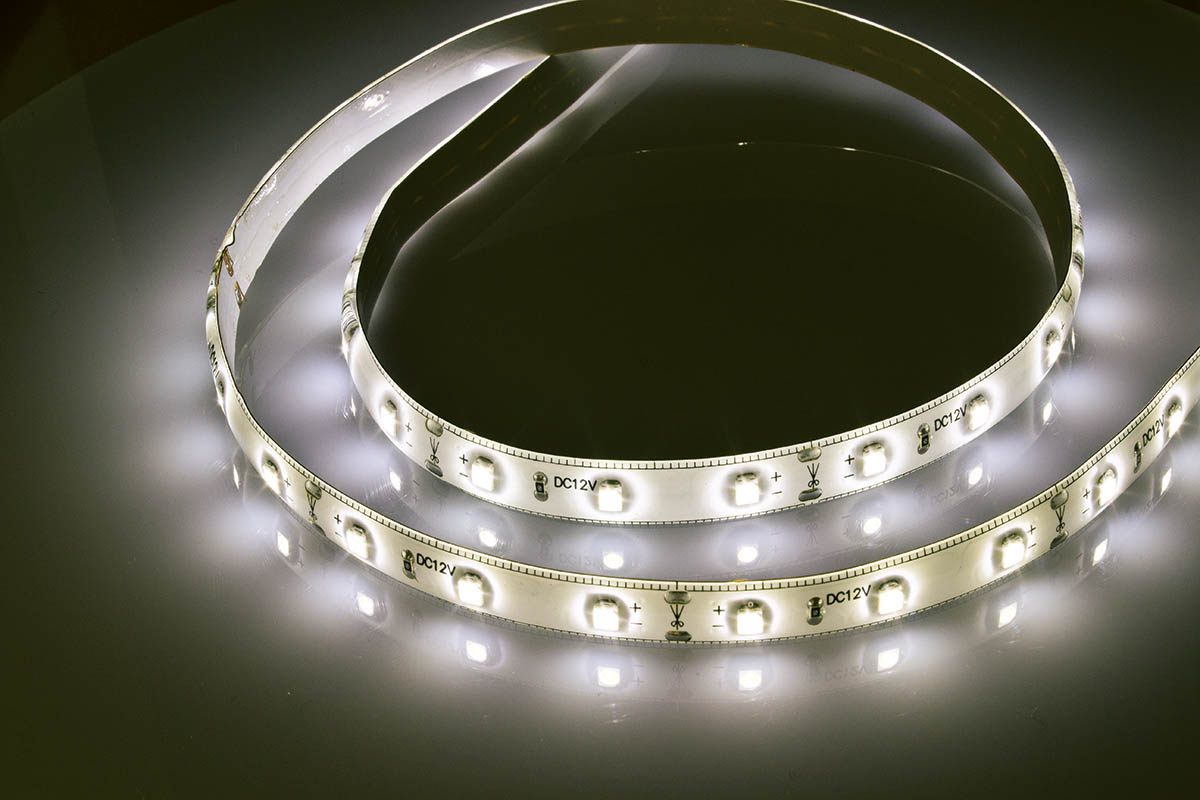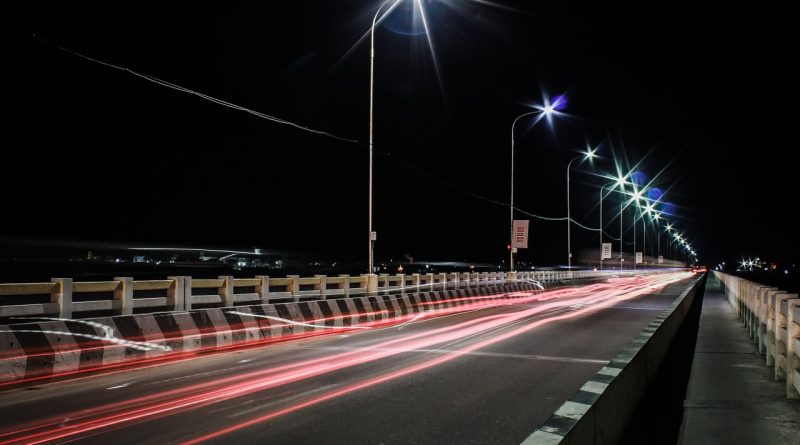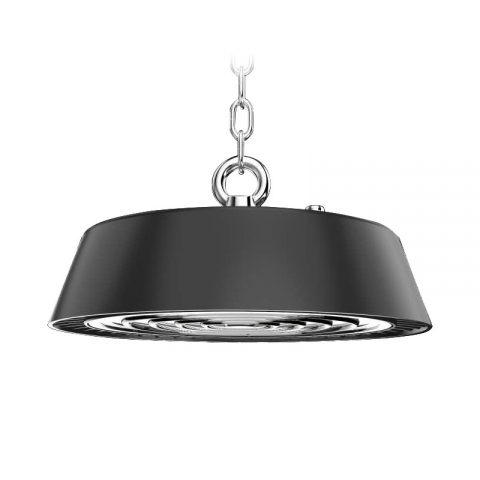A troublesome condition of light
A troublesome condition of light
Projectors have one problem: they must compete with external lighting. While it is easy to increase the brightness of the picture (simply increasing the power of light), you can not increase the darkness. In order for the image from the projector to be of high quality, you simply need to eliminate ambient light. Movie halls with no windows blinds on the windows, heavy, dark curtains ... Home cinema is not only an image of large sizes, but it is also a recreation of a cinema darkened room. And here is the basic problem that projectors cannot replace TVs: they do not work well when watching anything in a lighted room. This is because if we watch the TV picture directly from the TV (the TV is the source of light), the projector image is projected onto the screen and we watch the light reflected from it.The difficult part of the picture
As with film projector projectors, digital projectors use a powerful light bulb (projection lamp) whose light is modulated so that it finally creates an image on the screen. When we display fast-moving images, we will see them as a continuous movement. While understanding the projector's action on a movie tape does not require a lot of effort, digital projectors use a variety of tricks and technical tricks.DLP projectors
This technology was developed by Texas Instruments. The image generation track begins with a projection lamp emitting white light. This light is then filtered through colored filters (typically red, green and blue, i.e. three color components) placed on a rapidly rotating wheel. The wheel, turning, causes periodic changes in the color of the light beam. Filtered light falls on a special DMD (Digital Micromirror Device) system which is a matrix of millions of microscopic mirrors whose reflection angle is controlled by a microprocessor. Each of these mirrors reproduces a single pixel of the image and can be in two positions: when it reflects the incident light and directs it further to the lens or when it reflects it "sideways". The mirror settings are correlated with the rotation of the color wheel, thanks to which the control system knows how to set the mirrors of the DMD matrix at the moment. The light continues to be directed to the lens system in the lens and the image leaves the device. Of course, the rotation of the color wheel and image changes generated by the mirror of the DMD matrix take place very quickly, so that in effect we observe a uniform image.In fact, a color wheel can contain more color components (which improves coverage of the total color space), and DMD matrices themselves can also be more. There are constructions in which three DMD matrices are used, one for each primary color.
LCD projectors
In this group of devices, the image is created via three LCD panels. The starting point is a projection lamp that emits white light. The beam then passes through the polarizer and special reflecting mirrors whose task is to divide the stream into three beams with colors corresponding to primary colors (RBG). Each of these beams then passes through a picture matrix constructed on the basis of liquid crystals (LCD), one matrix per basic color; because the light beam has been polarized, and the LCD matrix transmits polarized light depending on the inclusion or exclusion of its pixels, as a result, we get an image. Each of these images, coming from one of the three matrices, corresponding to the color component, is then combined with others and further transmitted to the optics of the projection lens.The LCD technology is cheaper than DLP technology, we are not dealing here with moving parts. However, in this case, a lot depends on the quality of LCD screens, a few years ago LCD projectors deviated from image quality from DLP projectors, now thanks to advances in technology, image quality is similar for both technologies.
LED projectors
They are projectors in which the filament light source (projection lamp) has been replaced with LED diodes that allow obtaining any color. In this way, in the case of DLP technology, we can opt out of the color wheel, and in the case of LCD technology with filtering mirrors. LED projectors are characterized by lower demand for electricity, but also a lower brightness of the image and a slightly inferior color reproduction. However, they are irreplaceable in the case of miniaturization: they work with batteries and can be much smaller in size. Lamp life, made in LED technology, is also very important without any problems for 30,000 and more hours of work (filament lamps reach up to 6000-7000 hours of work).Click here for more details...



Comments
Post a Comment